From page to payday: 12 expert tips for hunting rare books
Whether looking for a profit or a piece of history, here's what rare books collectors should be looking for.
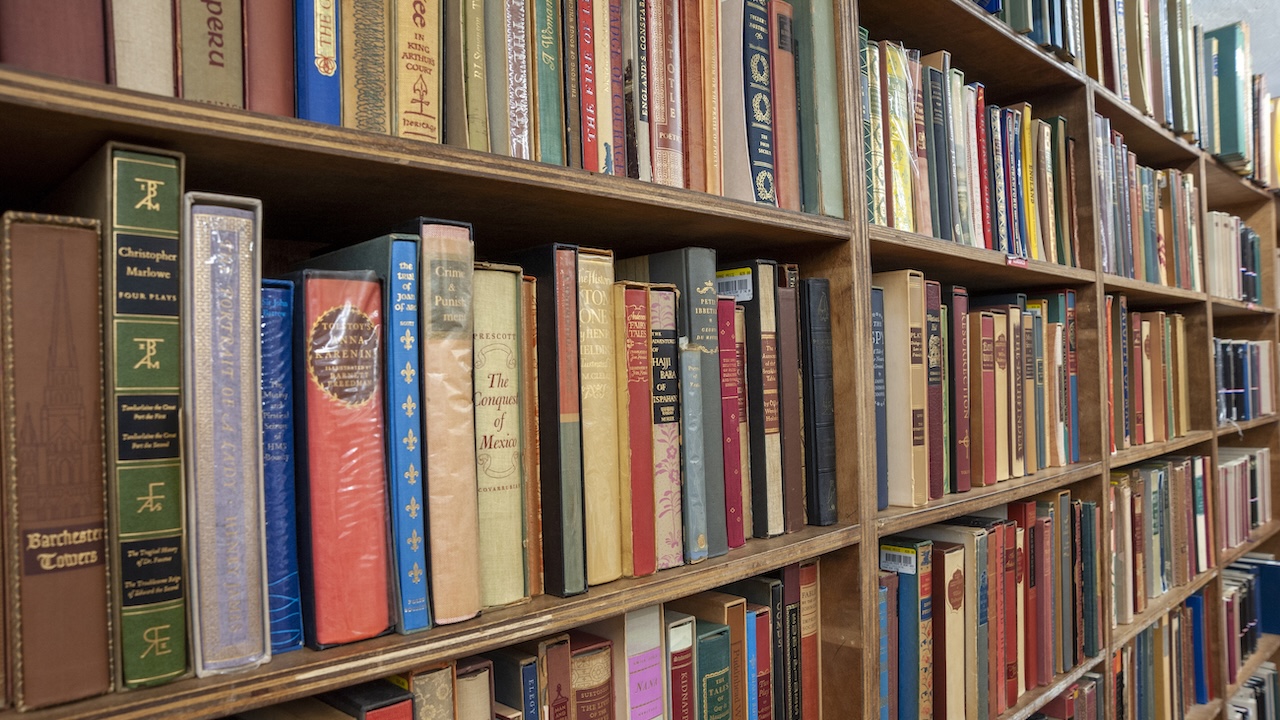

Is there a secret goldmine collecting dust on your bookshelf? As more and more of the media we consume is made up of bits and bytes, rare book collecting has never been more popular, with people seeking out the tactile wonder of tomes steeped in history.
First editions, signed copies, rare manuscripts and hard-to-come-by copies of mega-popular franchise instalments — whether you’re a prospective seller, a die-hard collector or just a curious bookworm, there’s loads to look out for.
- 10 Must-Read Fiction Books To See You Through Spring
- 10 New Non-Fiction Books You Need To Read This Spring
We sat down with Hannah Clevett, Rare Books Business Manager for World of Books, to get 12 expert tips on what to look for when hunting rare books — and how to care for them. Read on for her advice.
1. Look for books published before 1970:
Some people, when they talk about rare books, they’re looking for pre-ISBN. So any book that doesn't have an ISBN is a pre-ISBN or a rare book. But we do have books that are post 1970 on our shelves within the rare book department. But as a general rule, we say pre-1970 because then you've got the ISBN, the bar codes coming in, more mass produced items from that point.
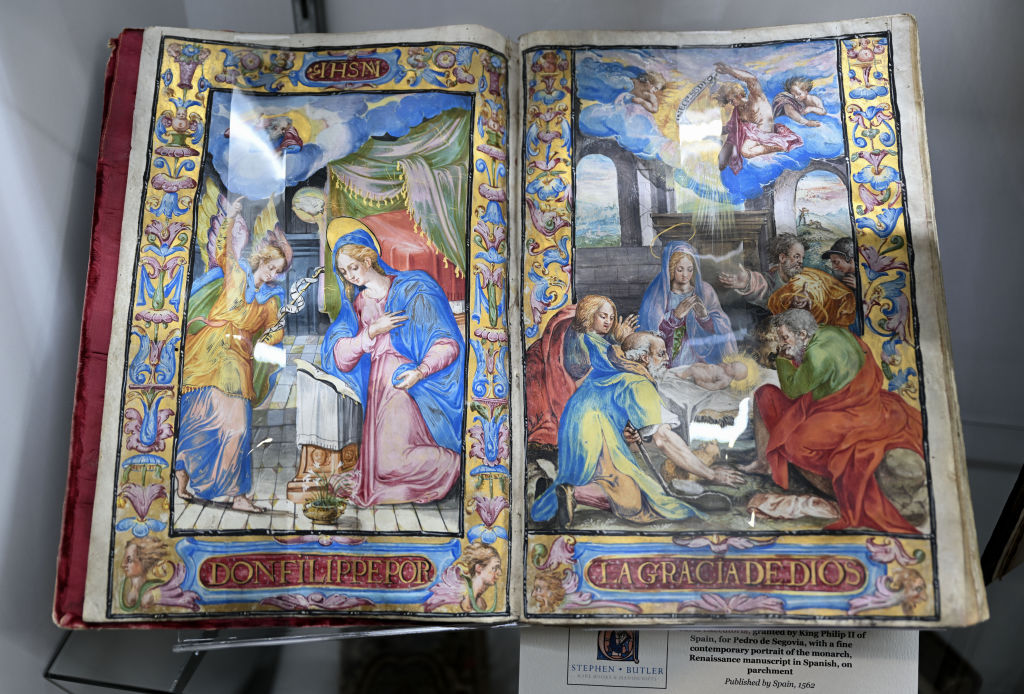
If it's got an ISBN, you can just search for the ISBN on the web. Online, you just Google the ISBN and it will come up with the exact item that you've got. Whereas, with rare books, you have to do a little bit more digging. What's the publisher? What's the year? Who is the illustrator? It's a little bit more involved for someone looking for those items.
2. …But age doesn’t necessarily equal rarity:
Don't assume because it's old, it's worth something. Don't assume because it's old, it's going to be rare either. If you take something like the Bible, for instance, that has been printed millions of times over, over the course of history. It basically follows the same principle as the scarcity vs rarity test used in Economics.
3. The earlier the edition, the better:
When you have a rare book first thing to do is open up and get the publisher information, — what you're looking for is an early edition. So if it says First Edition, first UK edition, first American edition, you know that they're the first so the chances are, if it's a new author as well, it’s probably going to be a smaller printer, therefore fewer of them are out there. Dracula, Frankenstein, Jekyll and Hyde, those classic horror titles, don't come up very often. So the older those are, probably the more sought after and the more valuable they could be.
Get exclusive shortlists, celebrity interviews and the best deals on the products you care about, straight to your inbox.
Throughout history, you see the old books change — following the First and Second World War, paper quality goes down massively. And actually, those books become rarer, even though they're not as old, because their paper deteriorates so easily. Sometimes, if you just dog-ear a corner, if you just fold the page, it just disintegrates into your hands, because the paper quality isn't quite right. So over the years, they just are not protected.
4. Early editions of popular series and authors are always worth hunting:
There are rare popular titles that people will always want, like Enid Blyton books, the James Bond series, Lord of the Rings, Jane Austen books. They might not be worth hundreds, but old editions people want because it's getting closer to the time they were originally published.
So Lord of the Rings and The Hobbit, for instance, if they're published by Allen & Unwin, they're the original publishers that published it. So you can imagine how many times that book has been published. There are certain titles and publishers that go together really well. Jane Austen, published by Macmillan. If you get an early edition of a James Bond published by Jonathan Cape, that’s likely to be sought after.
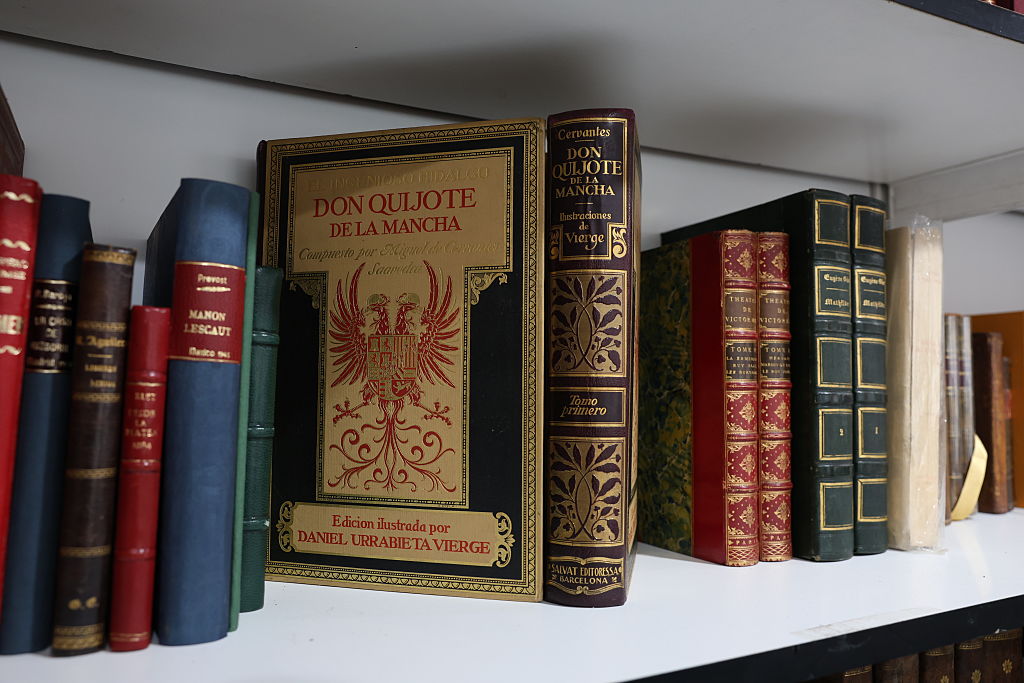
5. Know your illustrators:
The illustrator is really key as well. Alice in Wonderland, you want John Tenniel as the illustrator, because that's the one that everybody sees on every bit of merch you get at the British Library. Jane Austen's illustrator that everybody looks for is Hugh Thompson, which is quite a good indicator of rarity.
6. A big name author doesn’t necessarily mean a big payday:
A first edition Charles Dickens, people go,”Wow! How much is that worth?” In reality? Probably £30 or £40. That’s because he was so prolific in his own time. He was really famous, and he actually published in magazines and periodicals first. I remember the first time, as a valuer, I held a first edition, I thought, “Oh my God!” But when I valued it, I was so disappointed. But! It still sold overnight, no matter what value, because somebody wants that first edition difference.
7. James Bond books are great for collectors:
James Bond is the one thing that people really want. Even paperback copies of James Bond go for a lot of money, and people buy them, no matter what the price.
There are some in particular that are midway through the series or much later, and can go for £400 pounds. Sure, most of the time you're looking at a couple of quid, but some of them can be worth hundreds, so it's just knowing the market for that. But also, what is special about that particular title? You know it's a copy of Moonraker, but why is that particular edition special? And it just takes a little bit of research. Within the space of one publishing year, a valuation can swing from £4 to £400, for instance. So the more you filter when you're looking for a valuation, the better.
8. Don’t judge a rare book by its cover:
In the room where all of our high value items are stored there are some surprising things in there. There's the most boring book about reinforced concrete, and that is worth thousands of pounds. That’s down to the author that wrote it and the time that it was released. I think it is a book from the late 1950s, I believe, and if you think about how much factual books change over time, if you want a snapshot of what was happening in the industry at that time, that is the book that you want nowadays. I mean, all of us questioned it, but it is genuinely worth that much!
9. A rare signature elevates value:
We had a beautiful first edition of Relativity by Einstein that we recently sold at auction — that had so many interested parties, just because it was a first edition in unusually good condition. And we also sold a book signed by Einstein, and that is going to capture people's imagination. That's going to cut through because, how many of those are out there? He wasn’t sitting signing in Waterstones every Saturday. So a signature from somebody like that back then it's going to be worth an awful lot of money.
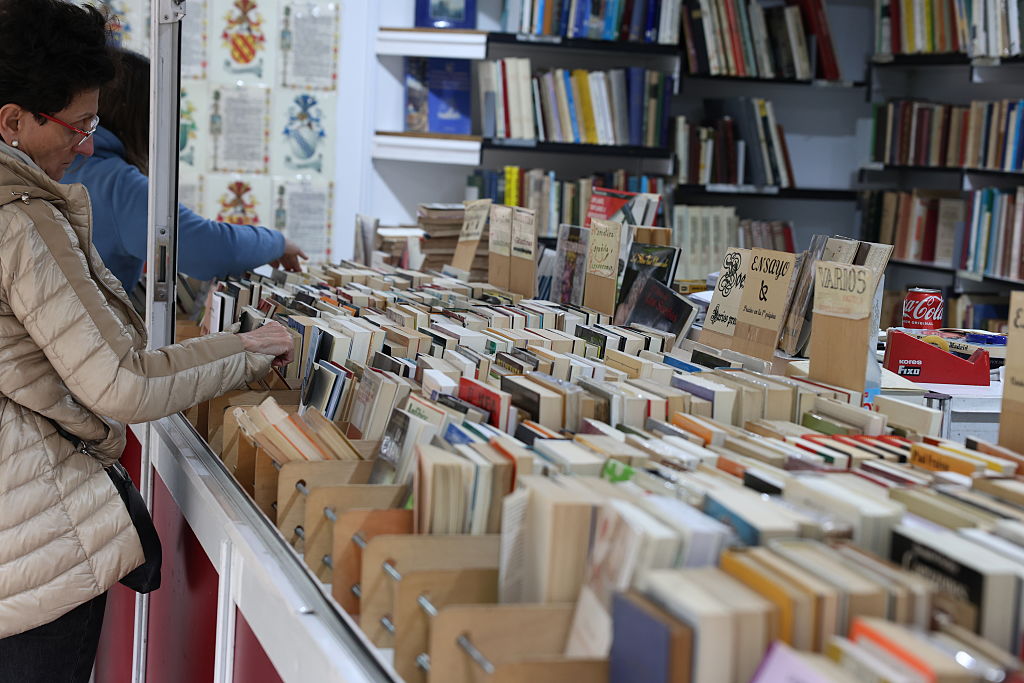
10. Learn how to spot a fake:
If you've got a book that is signed by one person to another, if that then comes with a letter where that person says, “I'm gifting you my book”, the value goes up so much because you can much more easily track its providence.
If you think a book is signed, even if it is modern, check its authenticity. Hold it up to the light. Check for indentations, because any pen you use is going to indent with the page no matter what the paper quality is. Hold it up if it's dated. If it’s from 1880 and it looks like it's written in a biro, maybe that's not right! Google the signature — Wikipedia is fantastic for this. If they've got a signature recorded from somebody famous, they'll have it on there. But just Google other examples, other items would have been listed and sold over time.
Although it's very easy to copy signatures, so look for certain quirks unique to an author — know that ‘A’ of ‘Albert Einstein, for instance, or the ‘F’ of ‘Florence Nightingale’. They're quite unique characters. And also look for patterns in signatures — are they all in pencil? Is your example in pen? If they obviously always use a pencil, why is yours in pen? The key is to question it. Question everything, be cynical, because then you get to the bottom of it.
11. Modern series — including comics — can also have high value:
The obvious one is Harry Potter. If you've got one of the first two or three Harry Potter books that are an early or first edition hard back, they’re going to be worth more. Even a series that eventually sold millions, the first book in any series is going to be a smaller print run. So even if you're looking at a series like Hunger Games, or anything that's really hit off with movies, that sort of thing, there’s value in early editions.
Also books that are signed by authors who don't necessarily do many book signings, can be quite sought after and worth a little bit more money. Authors that are no longer with us can no longer sign, so what you've got is what you've got.
Folio Society does a lot of special editions, but there's often only 500 copies, and it comes with a little certificate in it to say it's one of 500 numbered editions. Those are always going to keep their worth throughout time, even if they're only five years old.
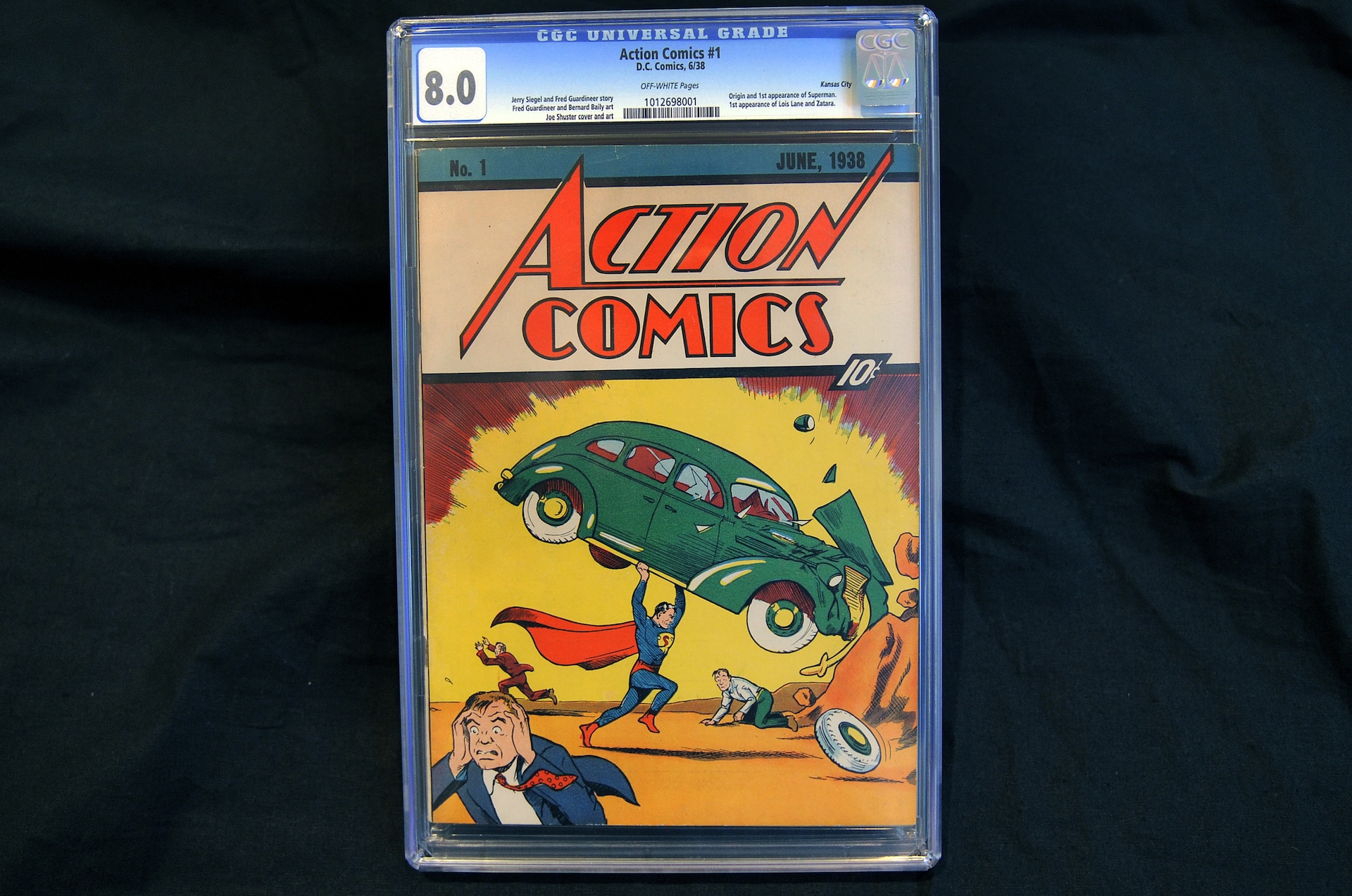
Comics increasingly have value too, especially if you know what issue a new character was introduced in. They are going to be the copies that are worth a little bit more. But I would say condition is almost more important with a comic because they are so fragile, their loose paper gets so damaged. If you have some and you want to keep them in really nice condition, put a bit of card in with the issue so it stays straight. That'd be my top tip, because they just can crumble and get damaged so easily.
In the last 10 years or so, especially since Marvel and DC have grown massively, they're always going to be sought after. But also keep an eye out for little kids’ comics from the Second World War, as they're popular as well. People might remember them from their childhood, having their pocket money and going out and buying them. And if you have a series, sell them together!
12. Found a rare book? Take care of it!:
If you're looking to sell it, there are so many marketplaces out there that you can sell rare books through, depending on how special it is. You might want to take it to auction as well. But if you want to treasure it and want it to be part of your collection, you'll want to look after it, so keep it away from direct sunlight, or too much air damage. We have all of our high value items in closed cabinets for a reason. If you think about how books are stored in archives and libraries and museums, they are kept away from direct sunlight and air.
Make sure there's no mould anywhere near it, because mould spreads like wildfire, and can even ruin the rest of your collection.
We want these books to carry on living. If you're talking about rare books, they've had such a history, whether it's from the 1950s or 1550s. I think that is what we're all that's what we're all in the game for. That's why we care about books.
- Looking to sell your books? Get an extra 15% on top of the value of your trade-ins with World of Books when you enter code FU15Y49HR32BNC9D
Main Image credit: UCG / Contributor — Getty Images


Gerald Lynch is the Editor-in-Chief of Shortlist, keeping careful watch over the site's editorial output and social channels. He's happiest in the front row of a gig for a band you've never heard of, watching 35mm cinema re-runs of classic sci-fi flicks, or propping up a bar with an old fashioned in one hand and a Game Boy in the other.
You must confirm your public display name before commenting
Please logout and then login again, you will then be prompted to enter your display name.
-
 Save on 7 top Christmas events in London with our exclusive voucher code
Save on 7 top Christmas events in London with our exclusive voucher codeSeven magical London experiences to make your Christmas sparkle
-
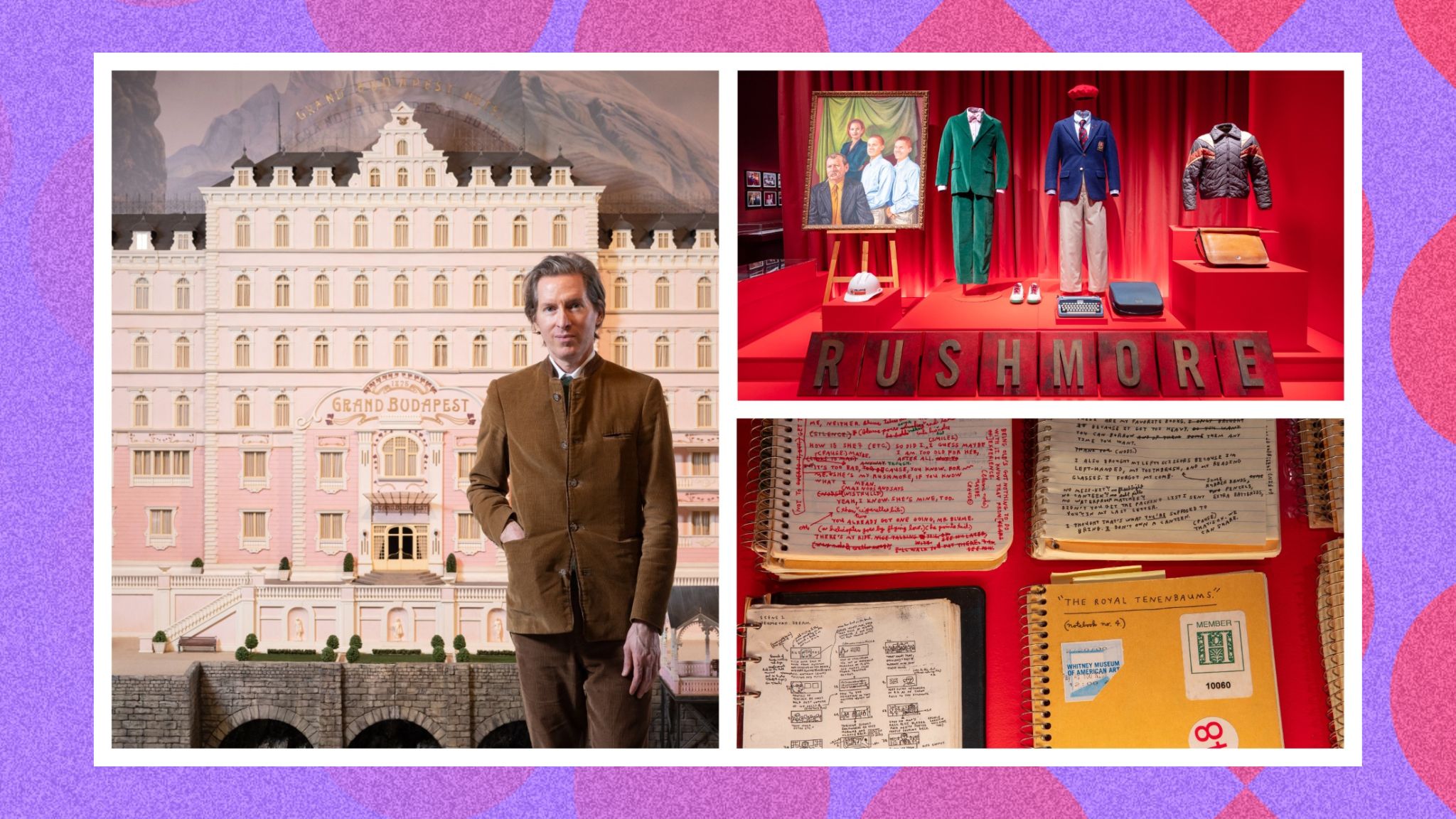 From the actual Grand Budapest Hotel to a topless Bill Murray: The Wes Anderson archive exhibition's best bits
From the actual Grand Budapest Hotel to a topless Bill Murray: The Wes Anderson archive exhibition's best bitsLondon’s Design Museum throws open the doors to Wes Anderson’s wonderfully weird world and personal archive.